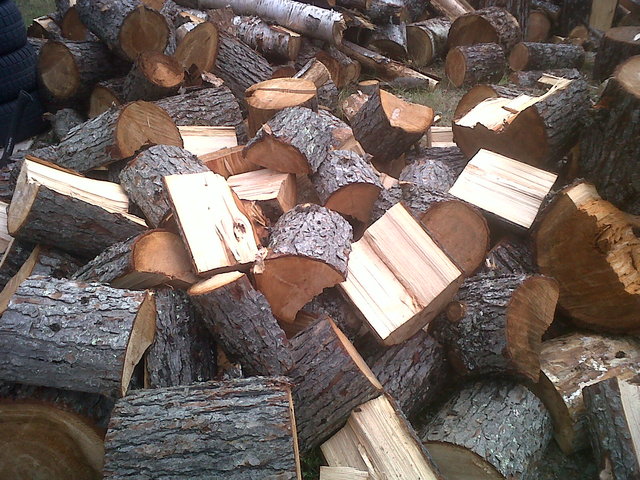Wood smoke may smell good, but according to the US Environmental Protection Agency, it’s not good for you. If you choose to heat with wood, it’s important to understand the health risks associated with wood smoke and to take steps to minimize them. With a few simple steps, you can help reduce wood smoke emissions to protect your health and the air we all breathe.
Did you know…..
One old, inefficient wood stove can emit as much air pollution as 5 dirty old diesel trucks.
Wood smoke contains tiny particles that lodge in your lungs and can affect your health.
Wood smoke contains harmful chemicals including benzene, formaldehyde, acetaldehyde acrolein, and polycyclic aromatic hydrocarbons(PAHs).
Wood stove use worsens air quality inside and out.
Exposure to wood smoke increases the risk of heart attack and stroke, triggers asthma attacks, and damages children’s lungs.
How can you help? Five easy steps to reduce wood smoke:
 1) Burn dry, seasoned wood that has been split, stacked, covered and stored.
1) Burn dry, seasoned wood that has been split, stacked, covered and stored.
2) Test wood with a moisture meter (20% moisture or less is best).
3) Use a cleaner-burning gas or wood stove.
4) Provide sufficient air to the fire; never let it smolder.
5) Learn more at www.epa.gov/burnwise.
All information provided by US Environmental Protection Agency and
the State of Washington:
https://fortress.wa.gov/ecy/publications/documents/91br023.pdf
— Janet Buchwald
Photo credits, EPA burnwise and Wikipedia


